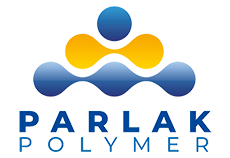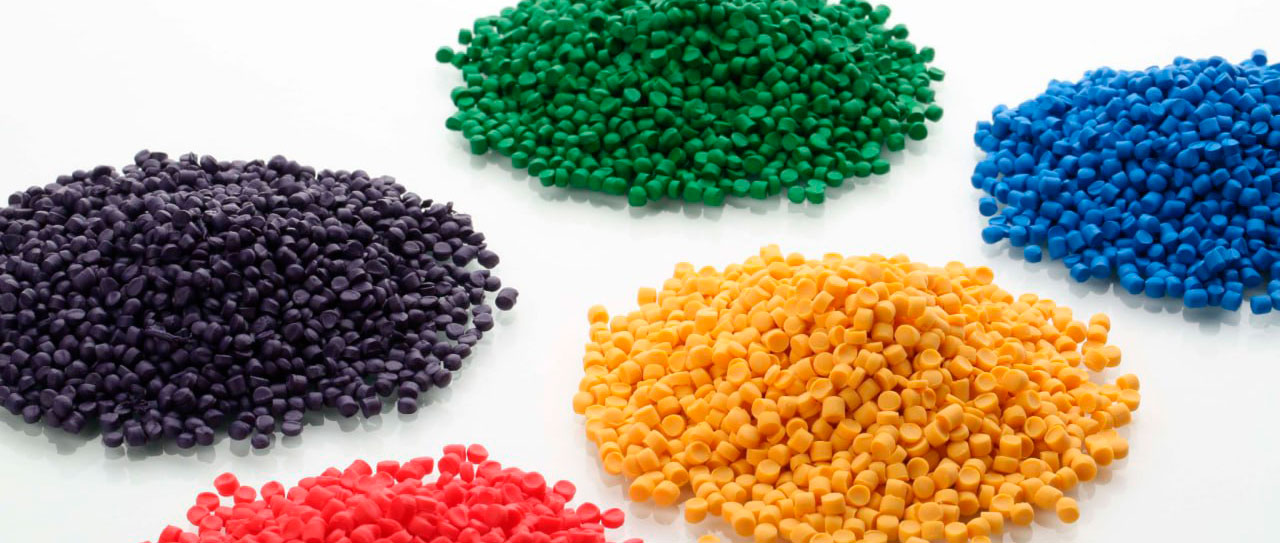PVC (Polyvinyl Chloride) compounds are commonly used for electrical cable jacketing due to their excellent electrical insulating properties, physical characteristics across a wide temperature range, and dielectric constant. These compounds find applications in low-voltage wire and cable (up to 10 kV), telecommunication lines, automotive wiring, and other electrical installations.
Typical PVC compound used in wire and cable applications:
PVC Resin: The base material is PVC resin, which provides the foundation for the compound.
Plasticizers: Plasticizers are added to increase flexibility and reduce brittleness. Common choices include general-purpose phthalate esters like DOP, DINP, and DIDP. For high-temperature compounds, TOTM is preferred, while DOA or DOS work well for low-temperature applications.
Fillers: Fillers help reduce costs and improve properties. Calcium carbonate is commonly used for this purpose.
Pigments: Pigments provide color to the compound. Titanium dioxide is a widely used color carrier.
Stabilizers and Co-stabilizers: These additives enhance thermal stability and aging properties. Bisphenol A is a common stabilizer.
Lubricants: Lubricants prevent PVC from sticking to processing equipment. Calcium stearate and fatty alcohols serve as lubricants.
Other Additives: Depending on the specific requirements, additional additives like flame retardants and UV absorbers may be included1.
Remember that PVC compounds are carefully formulated to achieve a balance of electrical, mechanical, and thermal properties, making them ideal for wire and cable applications

